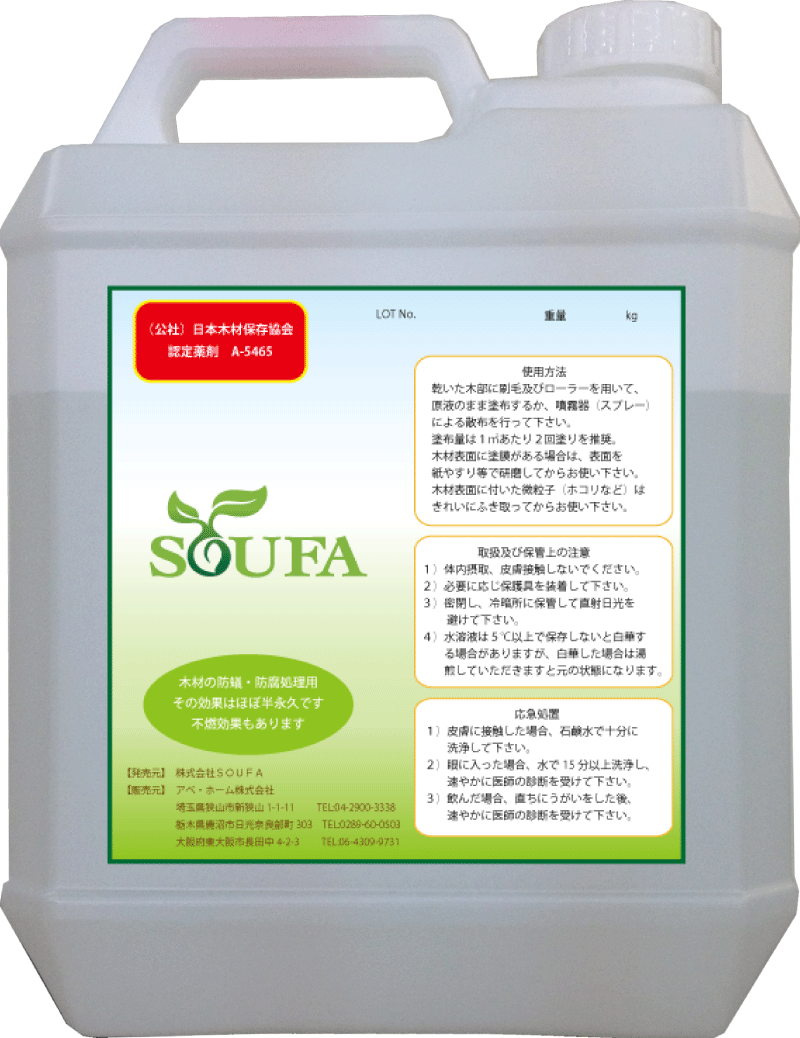
Flame-retardant fire-resistant paint has the property that the paint itself is difficult to burn.
Many paints have inorganic pigments added to the inherently non-flammable binders such as vinyl acetate, vinyl chloride, and acrylic, and bromo- or antimony-based flame retardants.
Antimony is effective as a halogen aid, but has the disadvantage that price stability is somewhat poor.
Non-combustible paints, on the other hand, are completely non-combustible in which an inorganic pigment is mixed with an inorganic binder.
At the cost of low decomposition gas and complete noncombustibility, there are concerns about complicated handling, poor workability, and adhesion to the substrate and durability for flexibility.
To solve these disadvantages, a flame-retardant binder mainly composed of an aqueous emulsion was developed.
Flame retardants based on water glass, magnesium silicate, etc. are used. However, water glass has problems such as cracking due to bending and impact.
At present, it seems that other technologies can be combined to solve the problem.
Since soufa is water-based, it may be possible to impart flame retardancy by mixing it directly into an aqueous emulsion. It is inorganic sodium polyborate and does not evaporate.
Until now, boric acid-based chemicals have not been used as flame retardants in aqueous emulsion binders, so this is a technology that has not been verified yet, but we believe that it will attract attention in the future.





